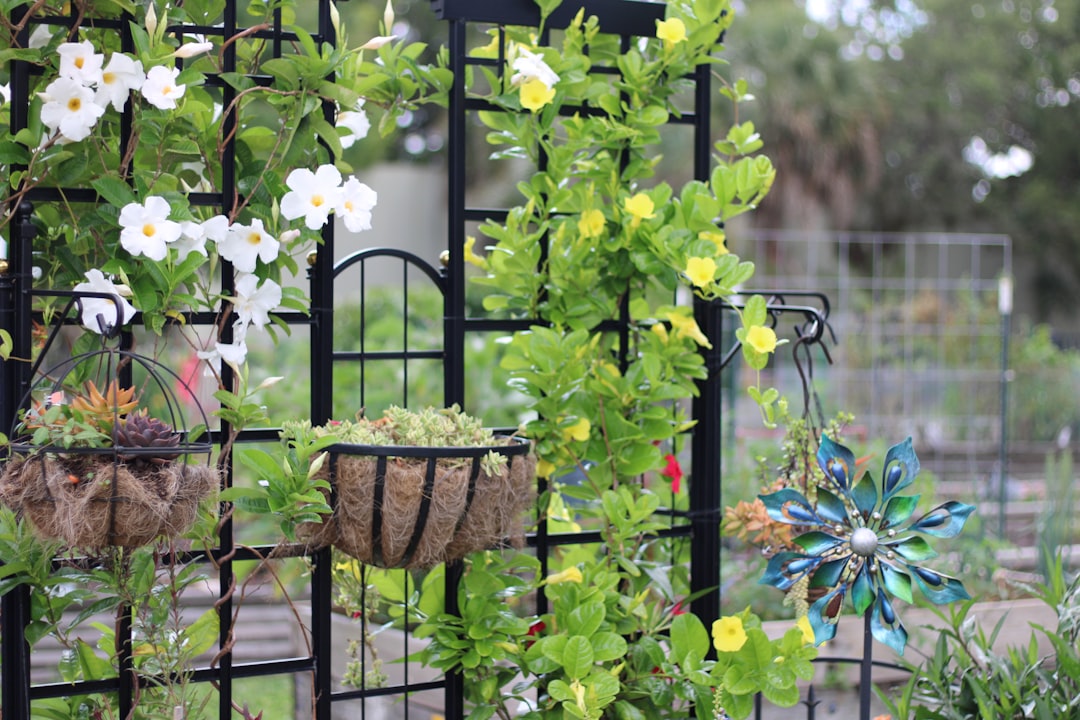Unveiling the Secrets of Brussels Sprouts Cultivation

Edible gardening is a rewarding activity that allows you to grow your own fresh and healthy produce. Among the many vegetables you can cultivate, Brussels sprouts stand out as a delicious and nutritious option. In this article, we will explore key tips for growing Brussels sprouts, from starting them from seed to knowing the best time to plant.
### Starting Brussels Sprouts from Seed
Starting Brussels sprouts from seed is an economical and rewarding way to grow this cool - season crop. Begin by selecting high - quality seeds from a reputable supplier. You can start the seeds indoors about 6 - 8 weeks before the last expected spring frost. Fill seed trays or small pots with a well - draining seed - starting mix. Moisten the mix before sowing the seeds.
Place 2 - 3 seeds in each cell or pot, about ¼ inch deep. Cover the seeds lightly with the seed - starting mix. Keep the trays in a warm location, ideally around 70 - 75°F (21 - 24°C). You can use a heat mat to maintain the proper temperature. Once the seeds germinate, which usually takes about 5 - 10 days, remove the weakest seedlings, leaving one strong plant per cell or pot.
Provide the seedlings with plenty of light. A sunny windowsill may work, but if you don't have enough natural light, you can use fluorescent grow lights. Keep the lights about 2 - 3 inches above the seedlings and leave them on for 14 - 16 hours a day. Water the seedlings regularly, but be careful not to over - water. The soil should be moist but not soggy.
### Choosing the Right Location for Planting
Brussels sprouts thrive in full sun, which means they need at least 6 - 8 hours of direct sunlight per day. Choose a location in your garden that receives ample sunlight. The soil should be rich, well - drained, and have a pH between 6.0 and 7.5. You can improve the soil quality by adding compost or well - rotted manure before planting.
Prepare the soil by tilling it to a depth of 8 - 10 inches. Remove any weeds, rocks, or debris. Rake the soil to create a smooth surface. If you are planting multiple Brussels sprout plants, space them about 18 - 24 inches apart in rows that are 2 - 3 feet apart. This gives the plants enough room to grow and develop properly.
### The Best Time to Plant Brussels Sprouts
Brussels sprouts are a cool - season crop, which means they prefer cooler temperatures. You can plant them in the spring for a summer harvest or in the late summer for a fall harvest. For a spring planting, wait until the soil has warmed up to at least 45°F (7°C) and all danger of frost has passed. If you are planting for a fall harvest, start the seeds indoors in mid - summer and transplant the seedlings into the garden about 12 - 14 weeks before the first expected fall frost.
### Caring for Brussels Sprouts Plants
Once your Brussels sprout plants are in the ground, they need regular care to grow and produce a good harvest. Water the plants deeply and regularly, especially during dry spells. Aim to provide about 1 - 1.5 inches of water per week. Mulching around the plants can help retain moisture and suppress weeds.
Fertilize the plants every 3 - 4 weeks with a balanced fertilizer. You can also side - dress the plants with compost or well - rotted manure during the growing season. As the plants grow, you may need to stake them to provide support, especially if they are tall or in a windy location.
Keep an eye out for pests and diseases. Common pests that affect Brussels sprouts include aphids, cabbage worms, and flea beetles. You can use organic pest control methods such as neem oil, insecticidal soap, or introducing beneficial insects like ladybugs. Diseases like powdery mildew and black rot can also occur. To prevent diseases, make sure there is good air circulation around the plants and avoid overhead watering.
### Harvesting Brussels Sprouts
Brussels sprouts are ready to harvest when the sprouts are firm and about 1 - 2 inches in diameter. Start harvesting from the bottom of the plant, working your way up. You can twist the sprouts off the stem or use a sharp knife to cut them. If you want to harvest the entire plant at once, cut the stem at the base.
Harvesting can continue over a period of several weeks. If you live in an area with mild winters, you can leave the plants in the ground and continue to harvest sprouts well into the winter. Frost can actually improve the flavor of Brussels sprouts, making them sweeter.
In conclusion, growing Brussels sprouts can be a fun and rewarding experience. By following these key tips for starting from seed, choosing the right planting time and location, and providing proper care, you can enjoy a bountiful harvest of this delicious and nutritious vegetable.